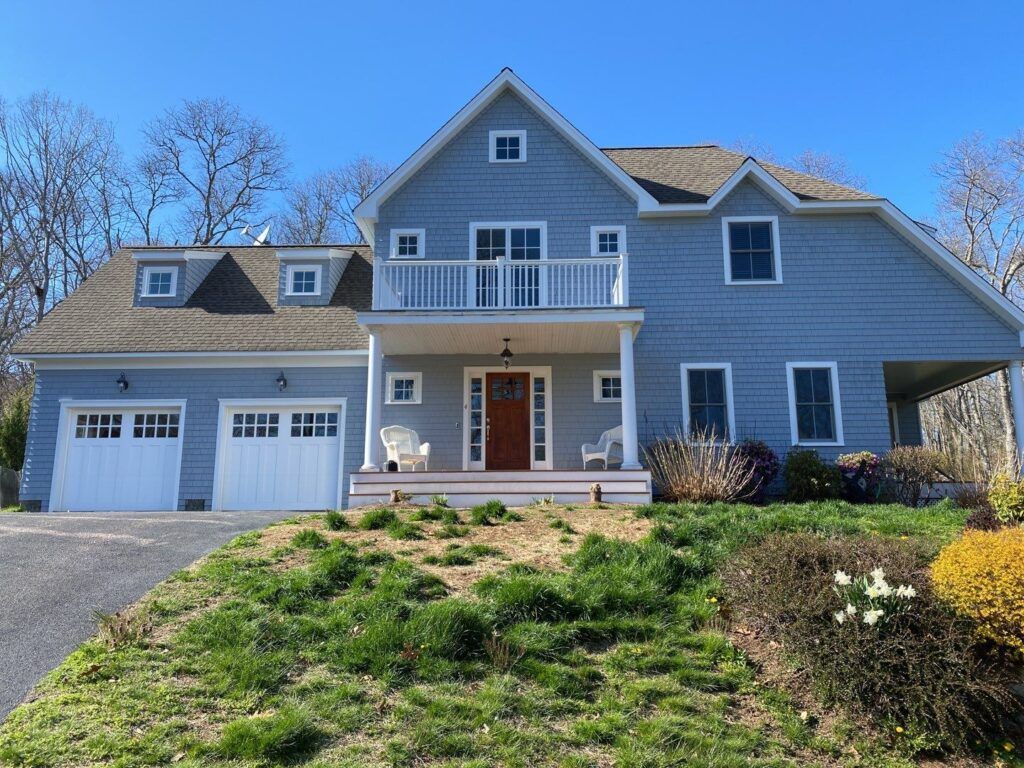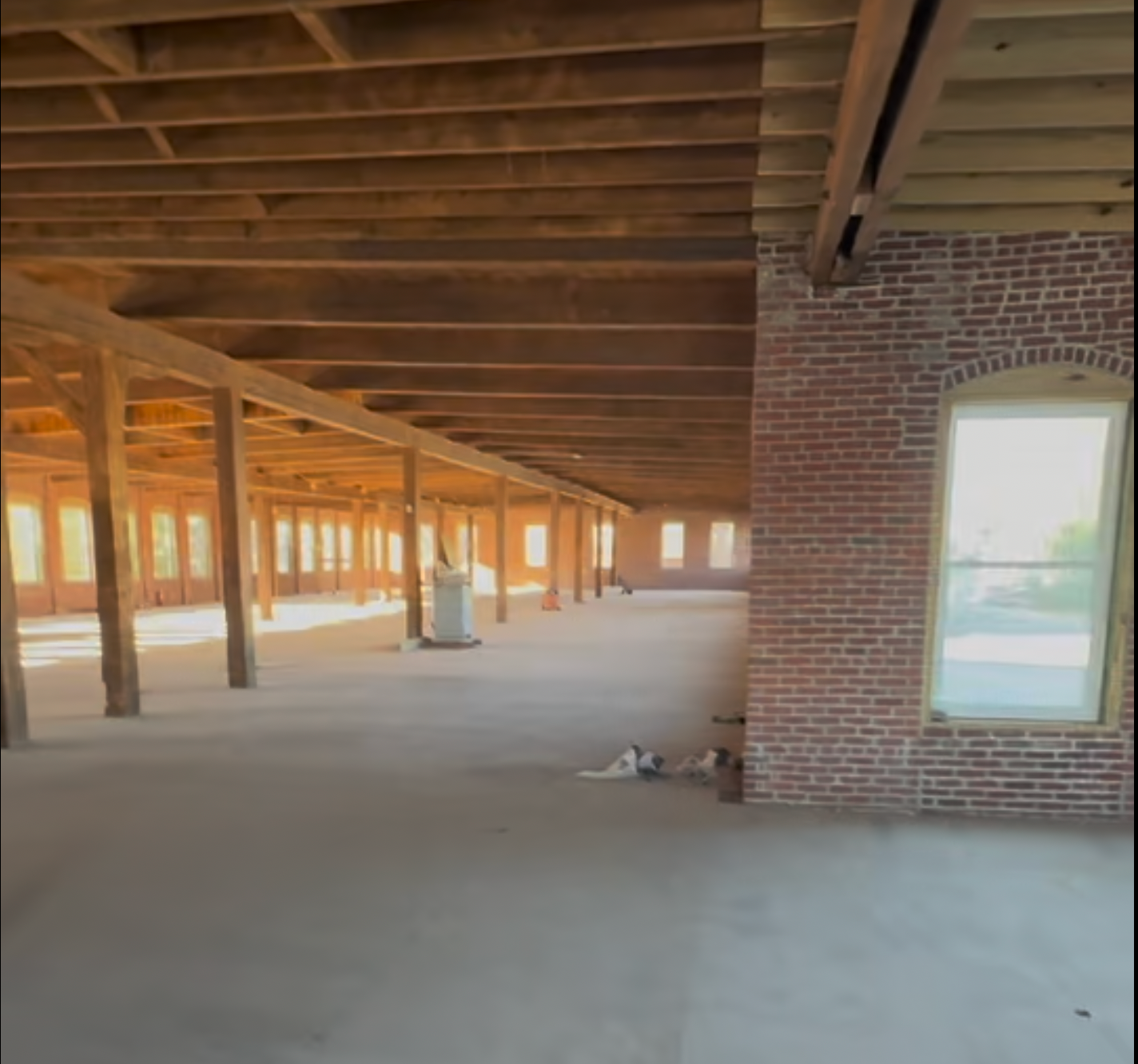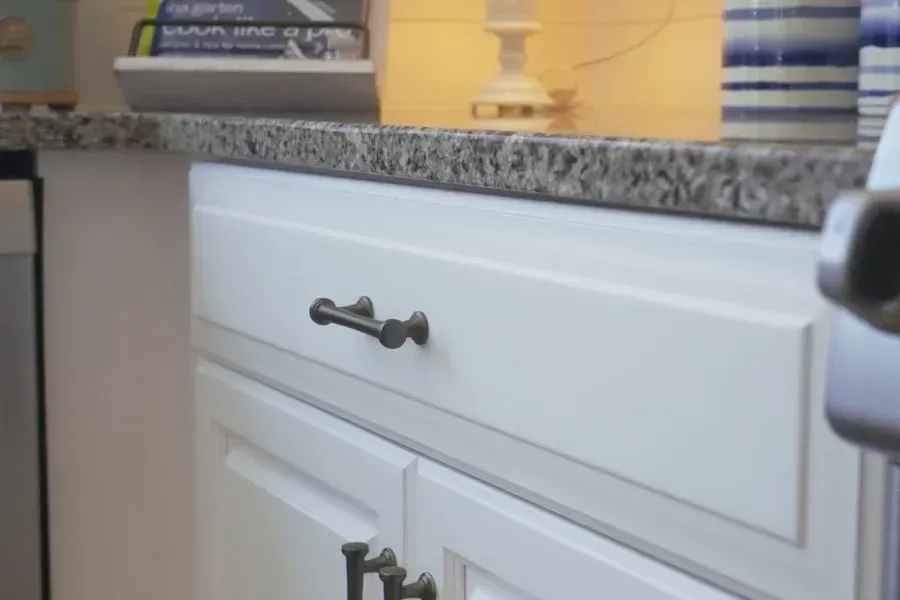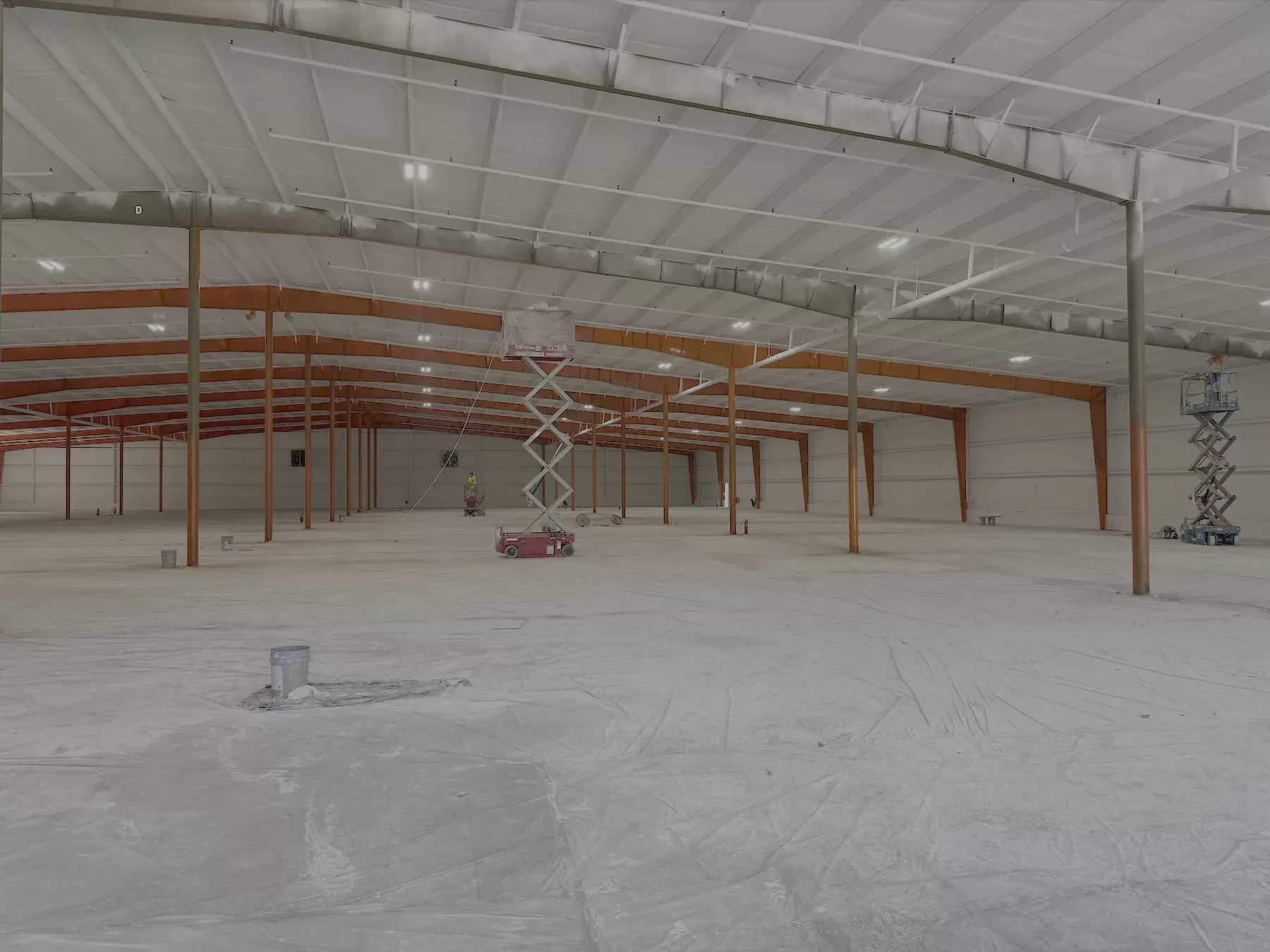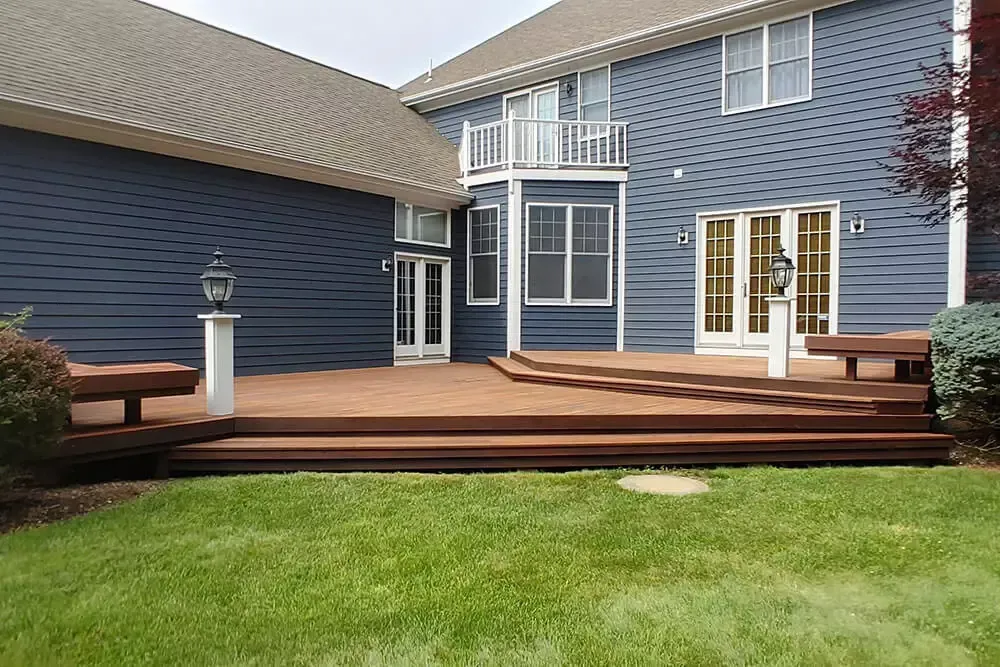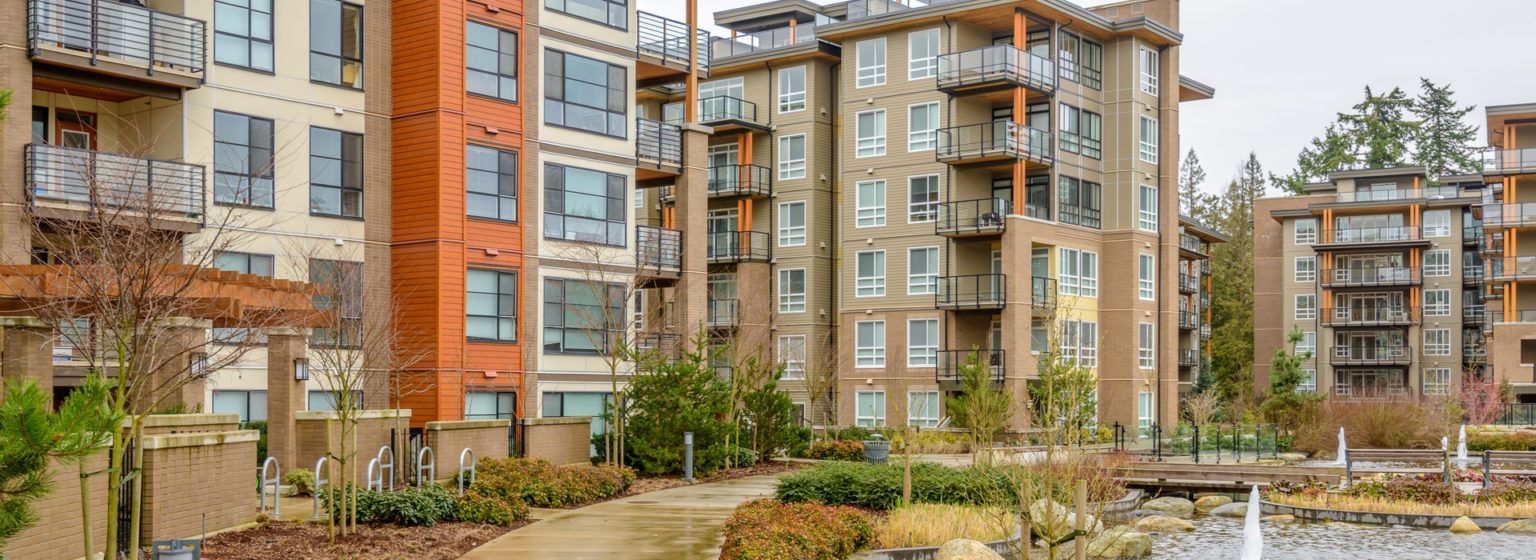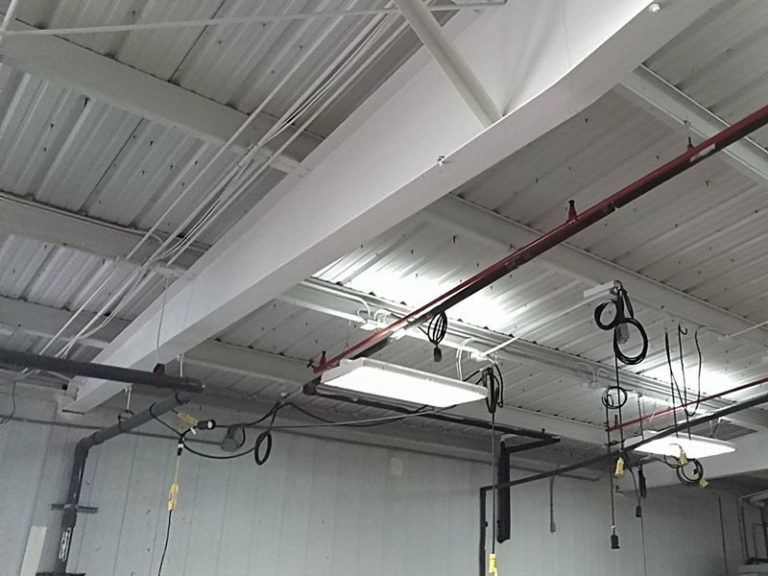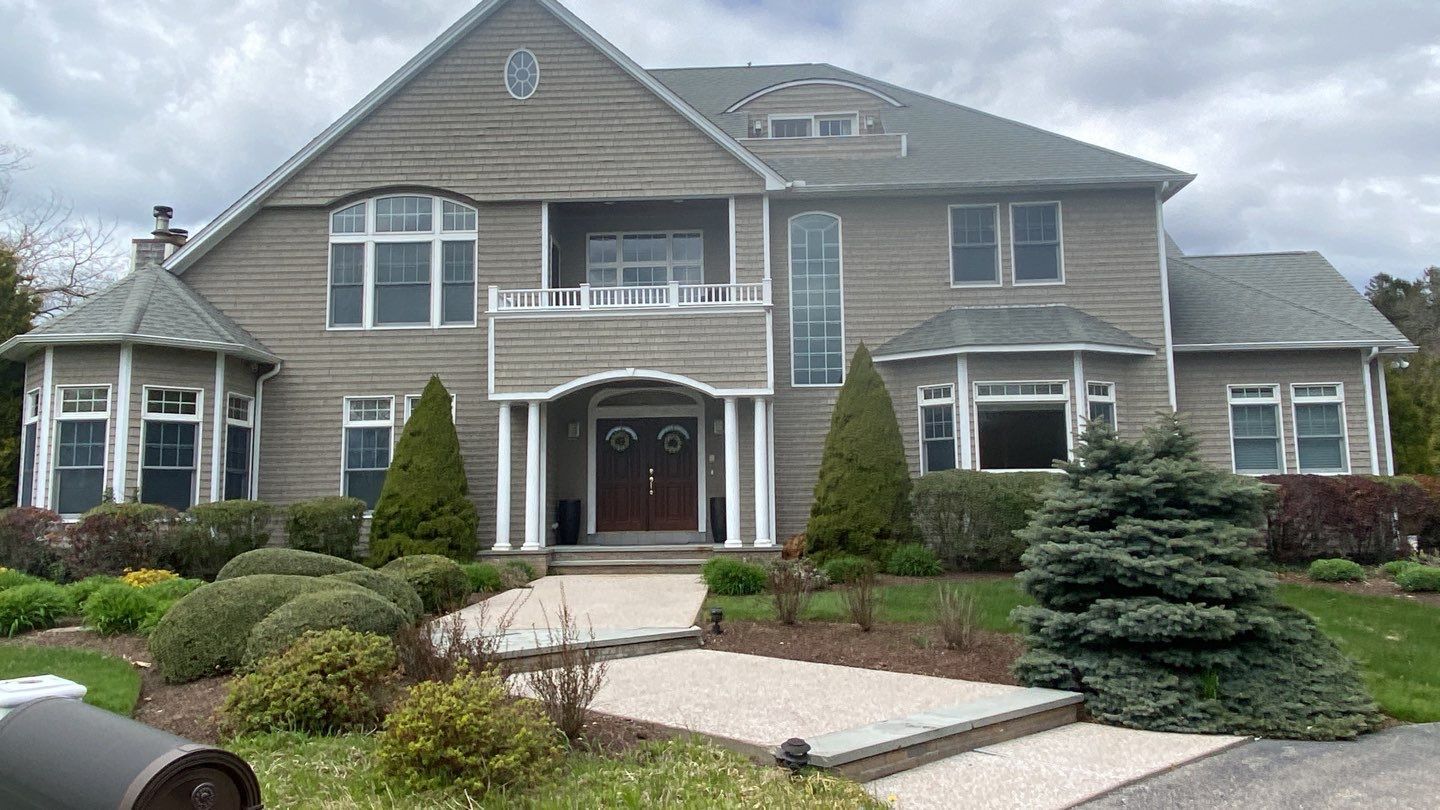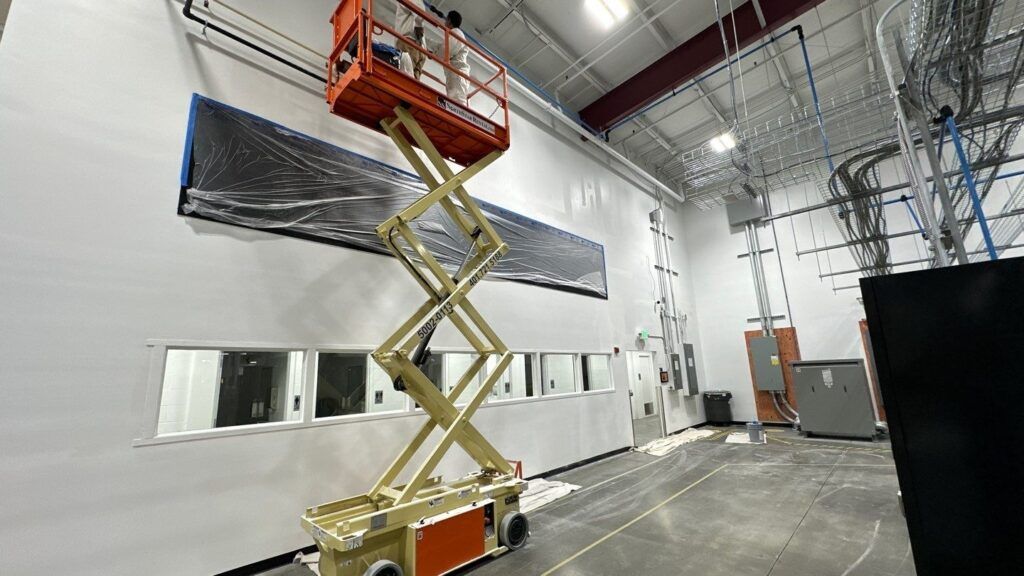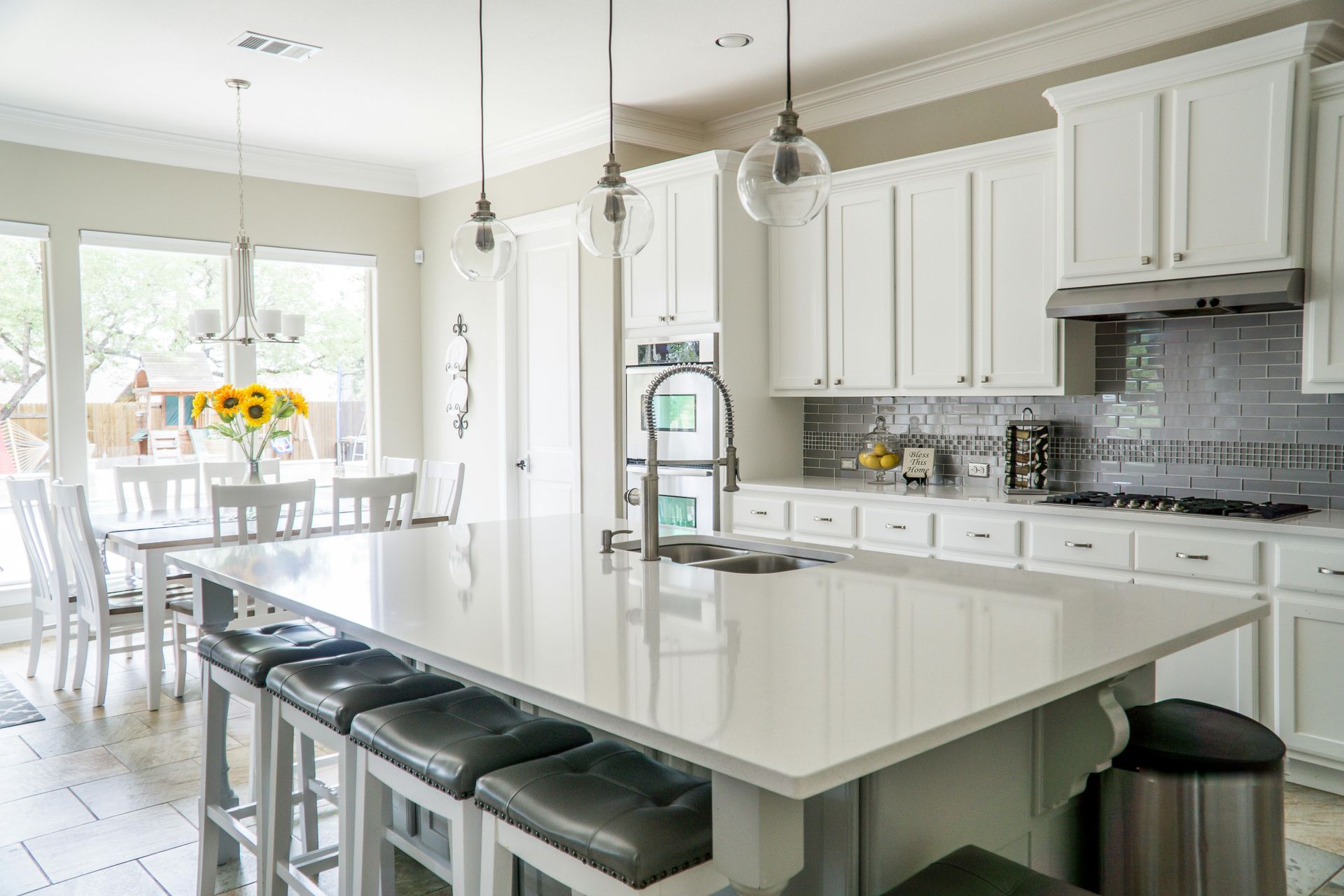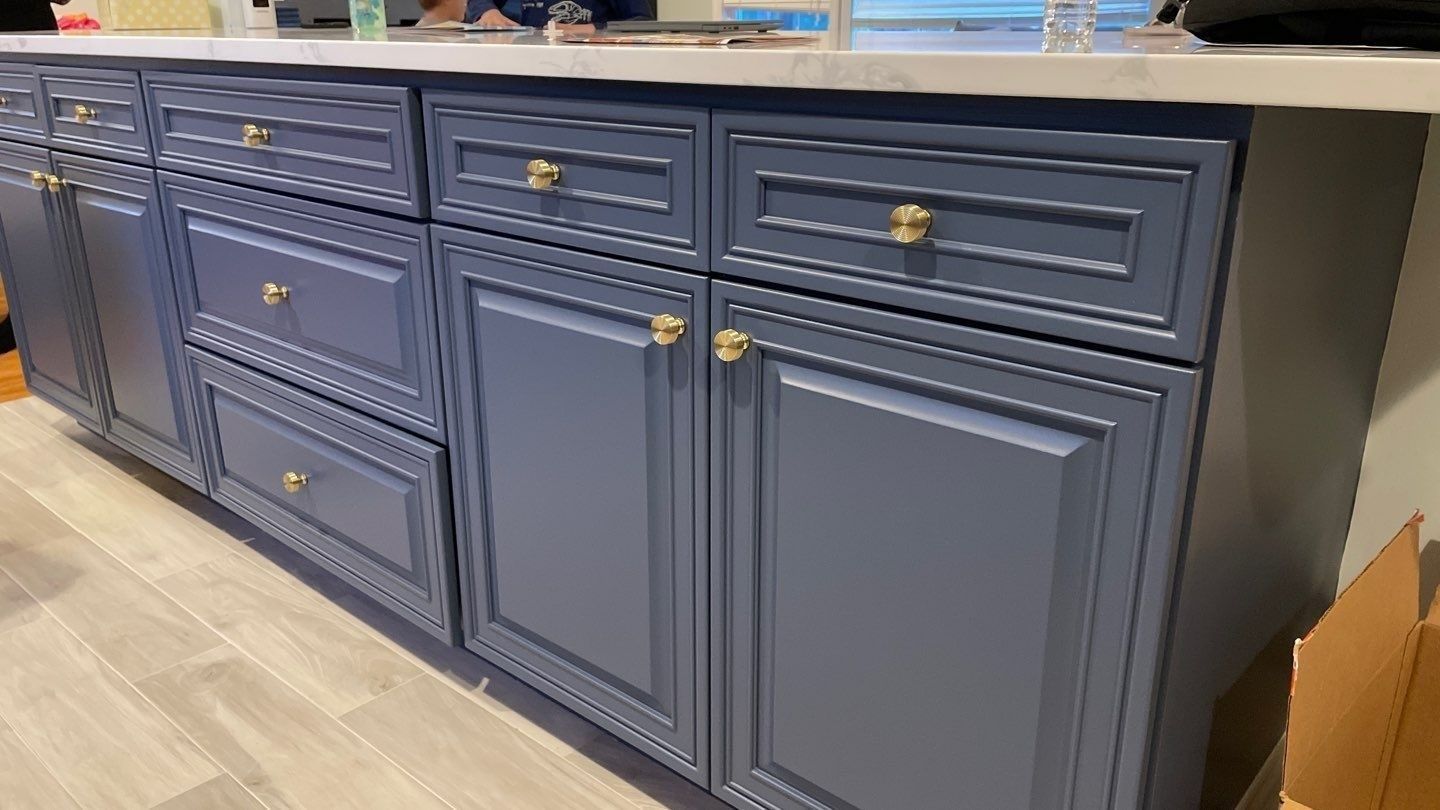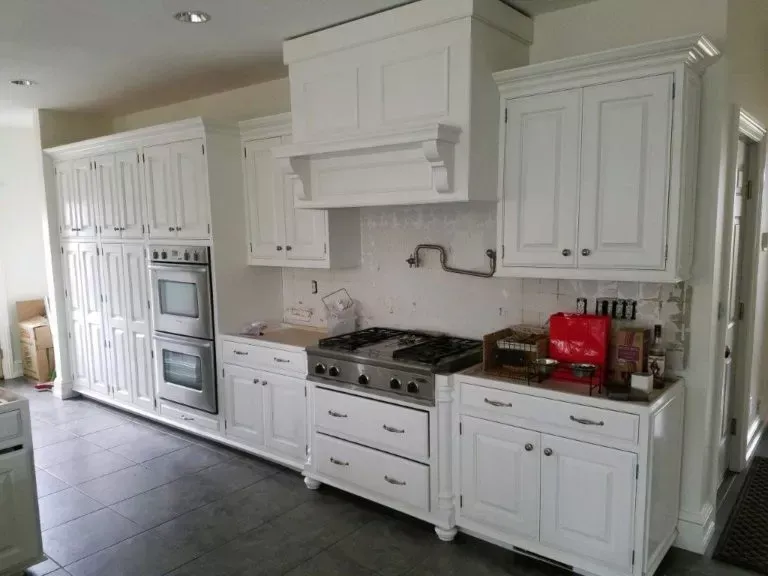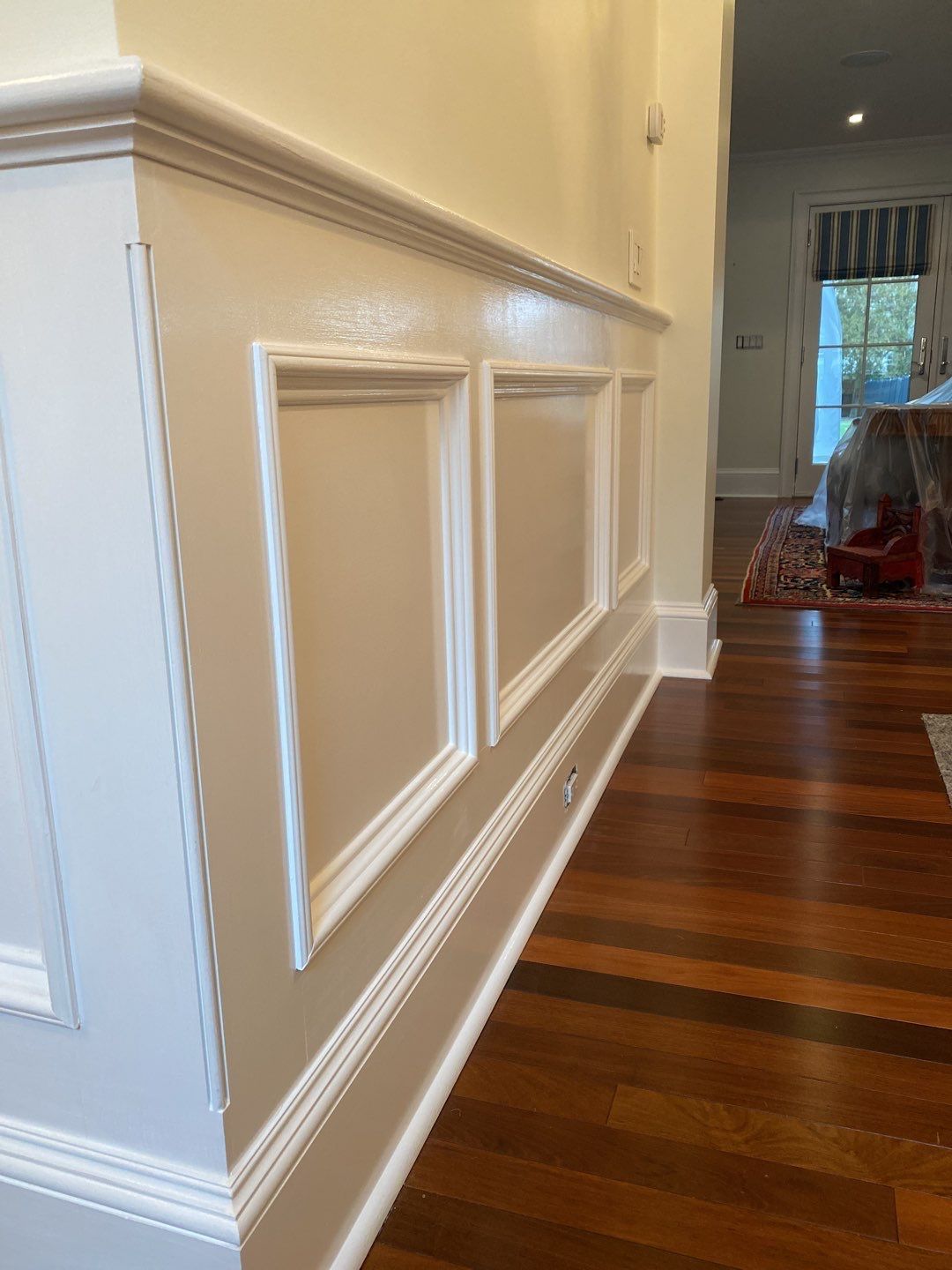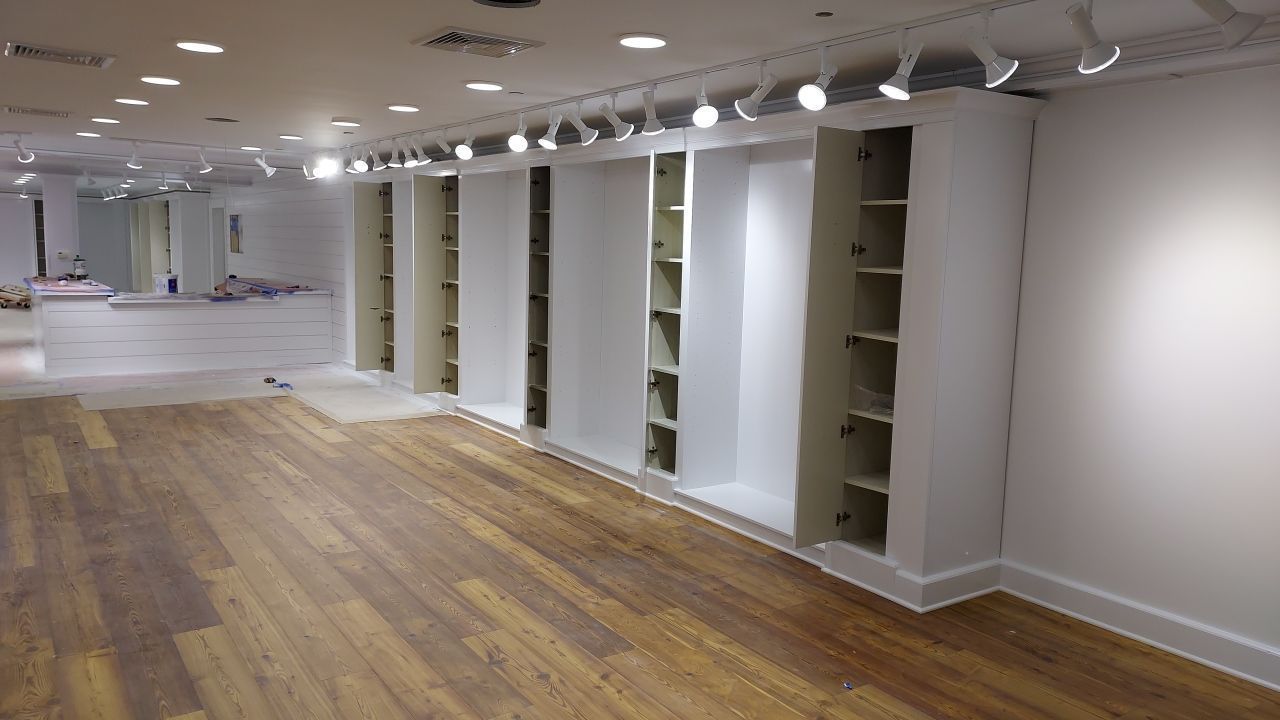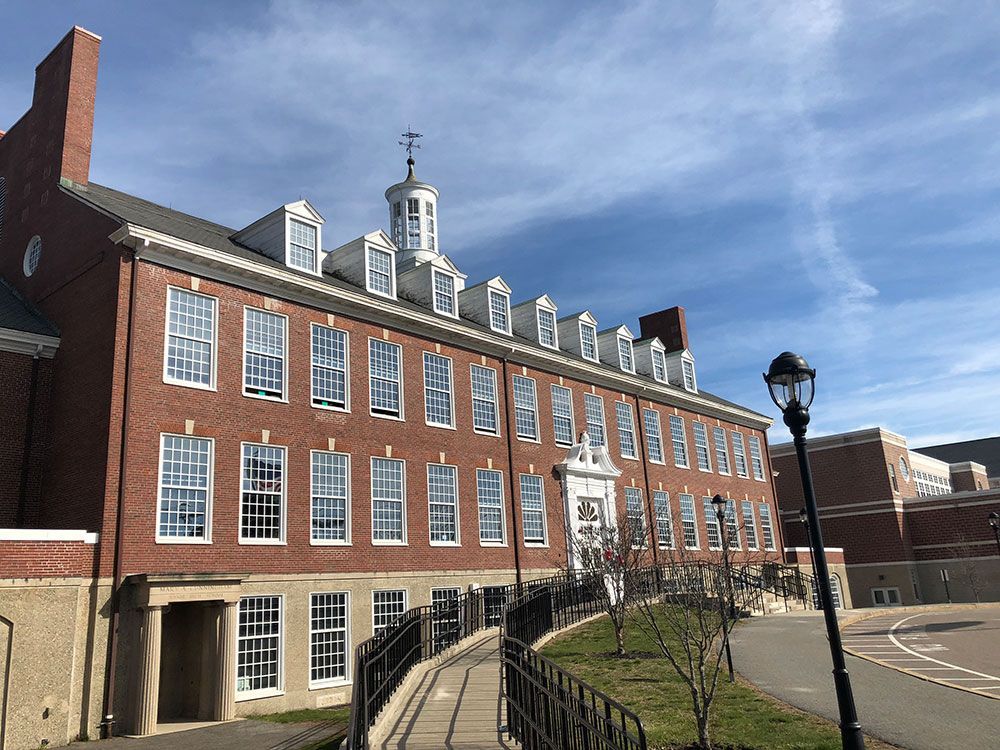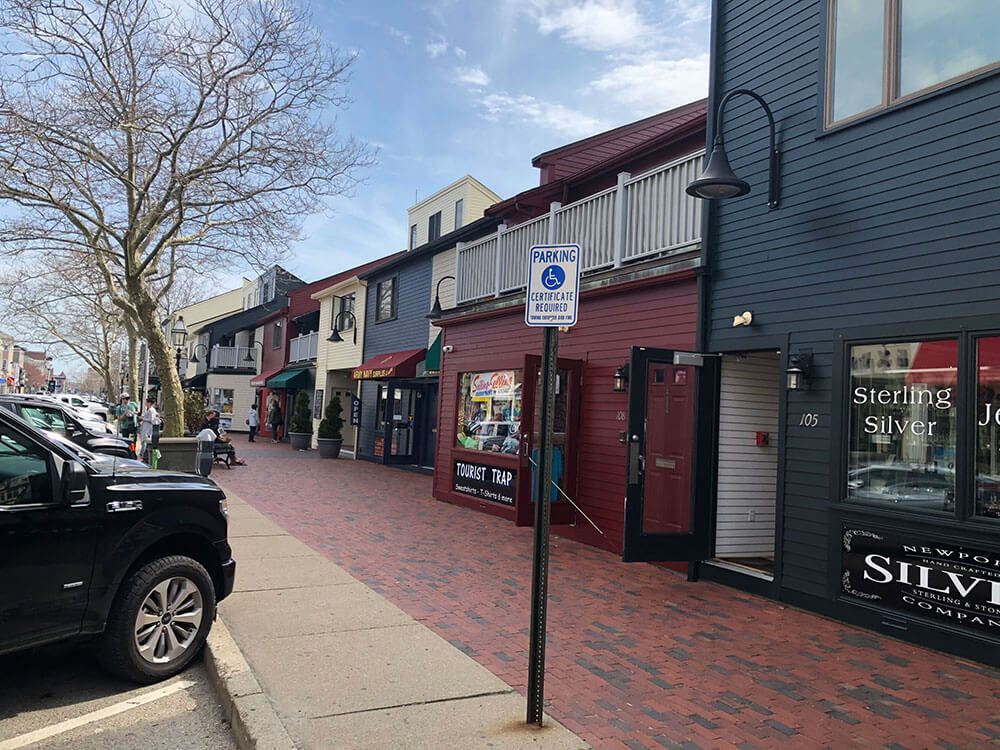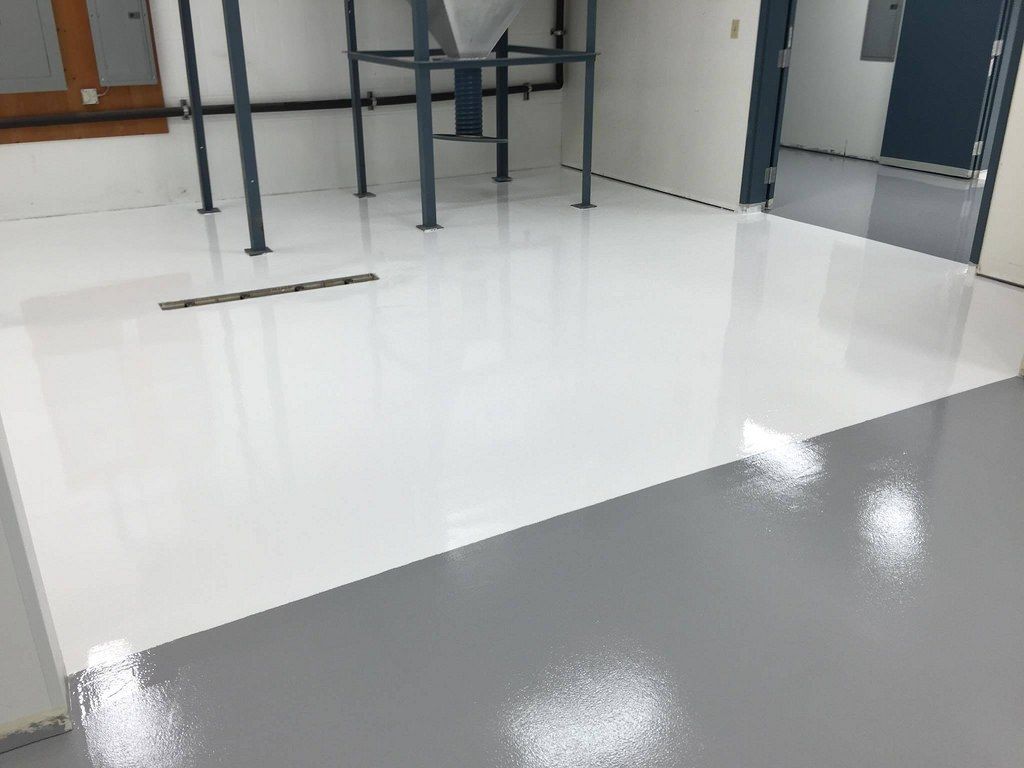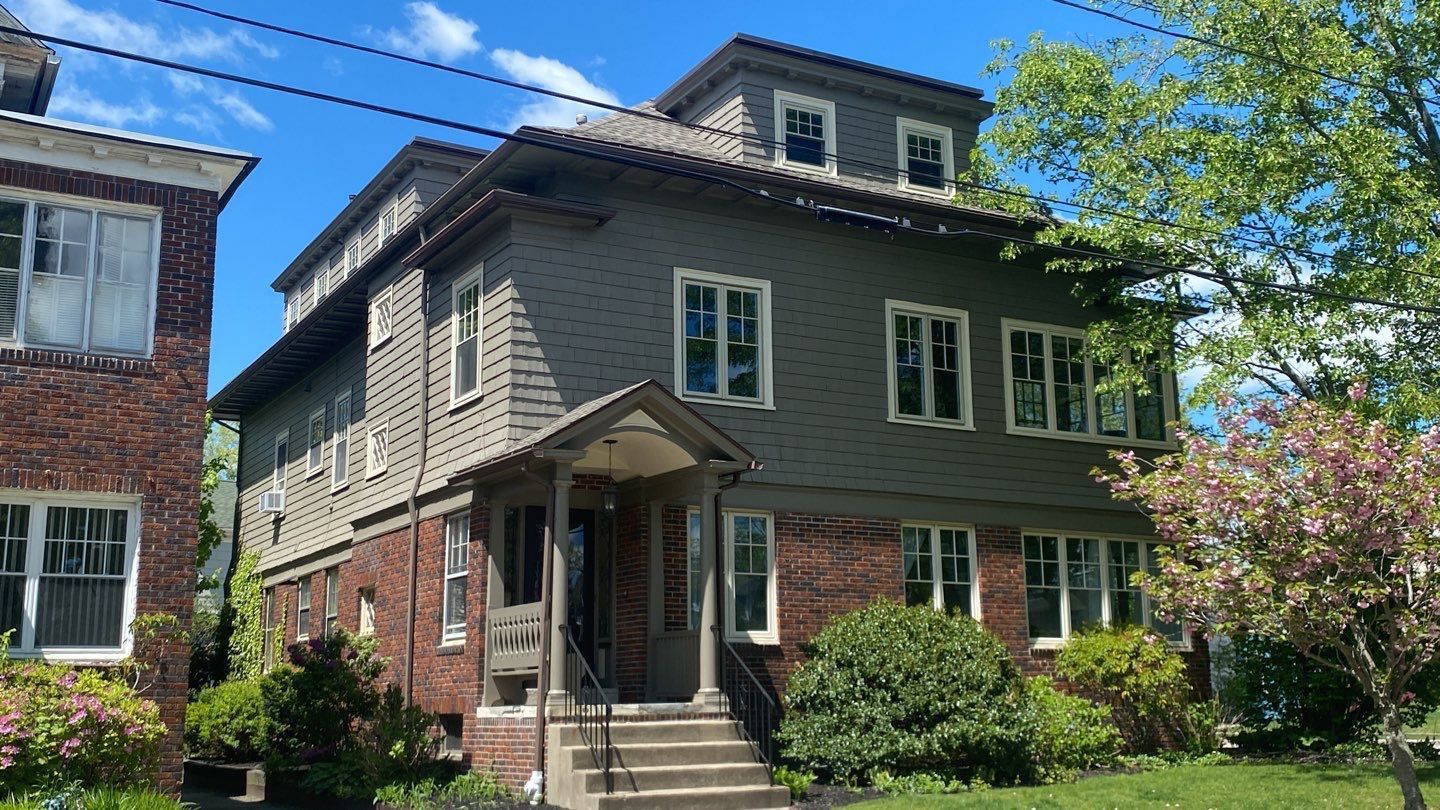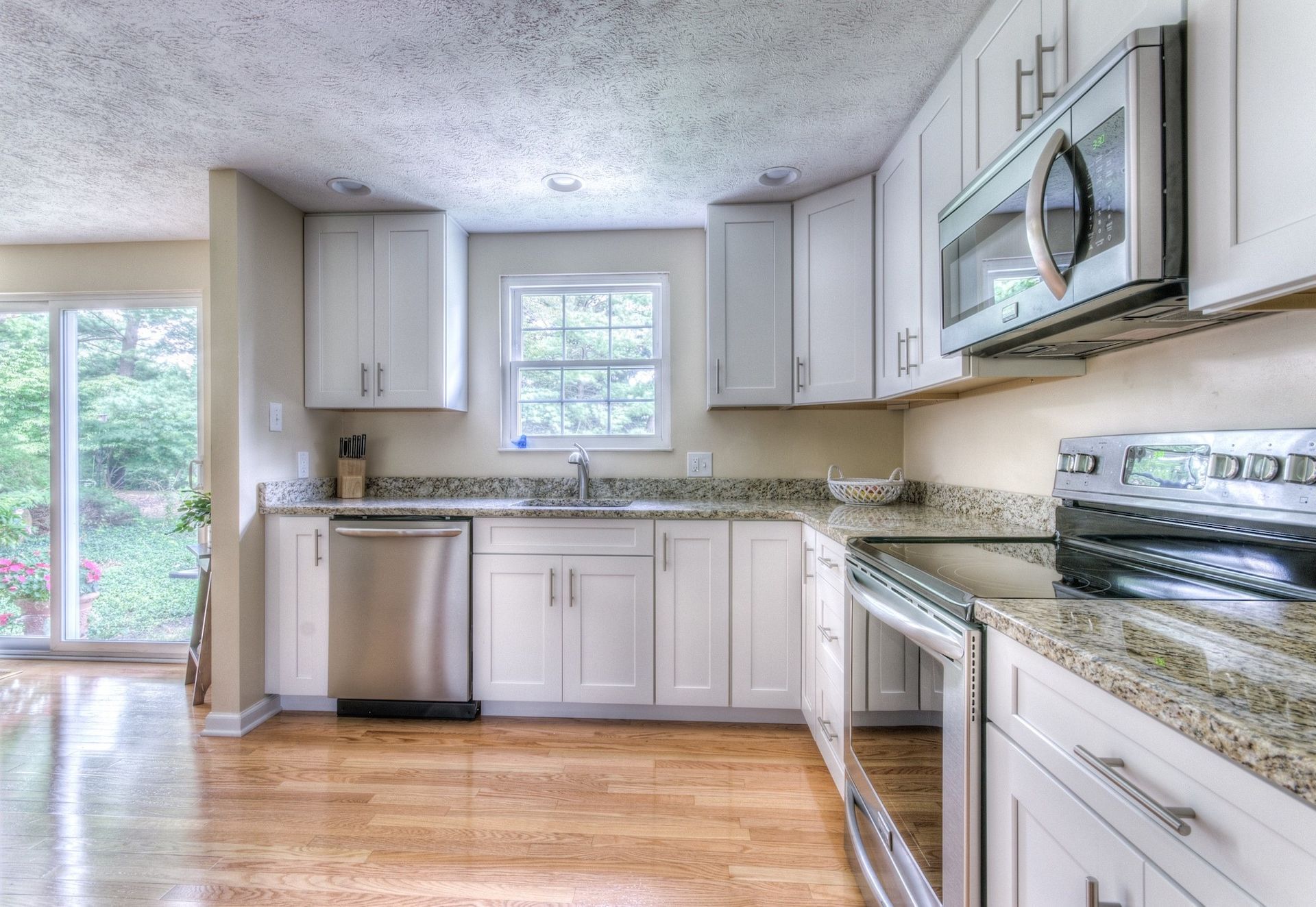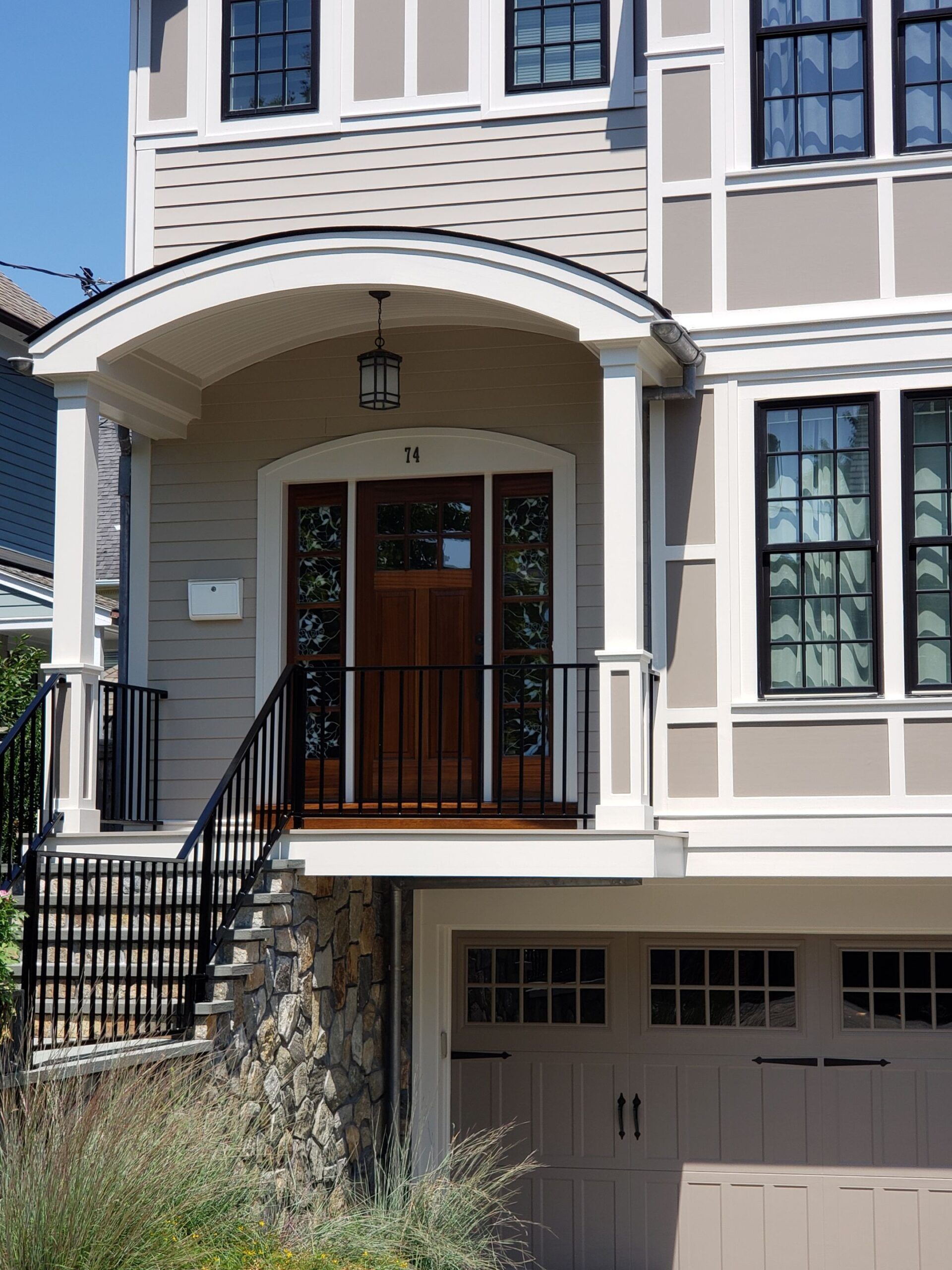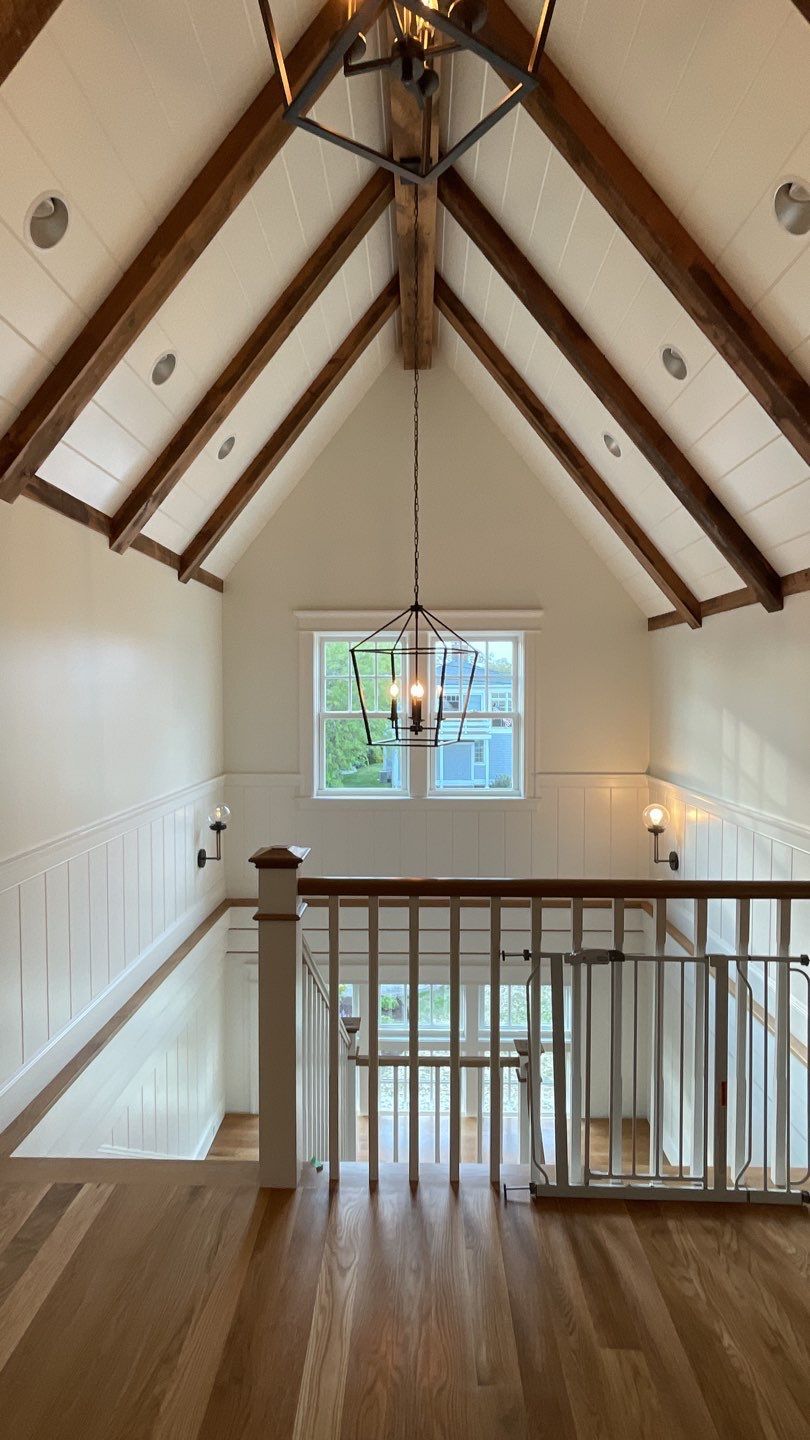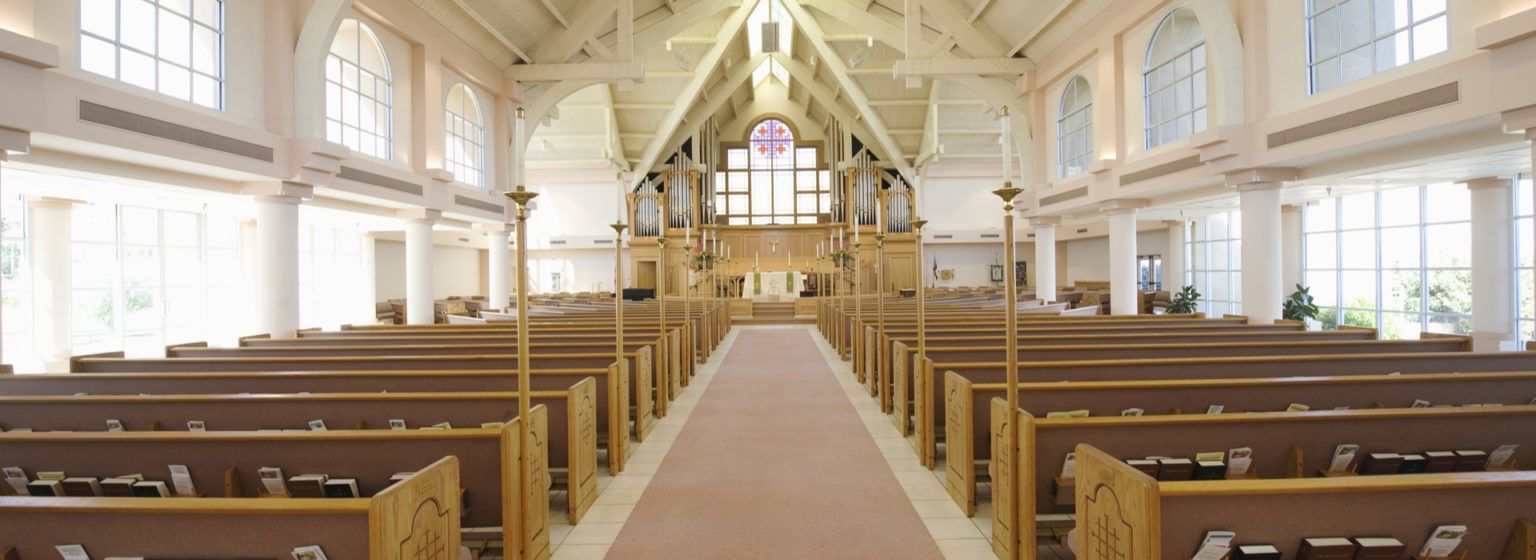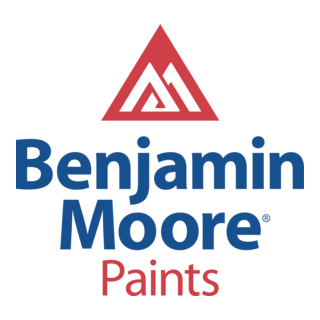Cabinet Refurbishing: Should I Use Reclaimed Wood?
If you’ve spent any time in your local home decor department, you’ve probably seen the infiltration of “shabby chic” into most modern design accoutrements. In addition to a newfound attraction to imperfect wood finishes, reclaimed wood in particular has taken the design world by storm. Not only does reclaimed wood mirror the inviting farmhouse aesthetic, it can also be an eco-friendly design choice.
Installing reclaimed wood makes use of materials that may be otherwise discarded and can help you save a little green while going green. All that said, is reclaimed wood the right choice for cabinet refurbishing? Here’s what you need to know.
What is Reclaimed Wood?
Reclaimed wood is exactly what its name entails: wood that has been reclaimed and repurposed from some other site. Old barns, retired ships, and decommissioned factories are often sources for reclaimed wood. Planks and panels from these otherwise useless entities are put to use by carpenters who repurpose the wood or home improvement stores that sell individual pieces of reclaimed wood.
If you’re weighing the pros and cons of using reclaimed wood for cabinet refurbishing, here are some things you should consider.
Pros
One of the most significant benefits of reclaimed wood is that it can be especially cost-effective , if you know where to look.
In most hardware and home improvement stores, reclaimed wood is fairly expensive. However, you can get a good deal if you manage to source the materials directly from the contractor or excavator his or herself.
Reclaimed wood can also be an eco-friendly choice. More so than recycling, repurposing materials cuts down on the demand for new materials and cuts down on production, reducing the excess amount of products in circulation. Just like a trip to your favorite thrift store helps to make the clothing industry a little bit more ethical, reclaimed wood can help you feel a little better about your purchasing choices.
Aside from the practical and ethical benefits of reclaimed wood, its aesthetic is truly unmatched. Using reclaimed wood means that you will have access to unique hardware you can’t purchase in stores.
An especially attractive feature of reclaimed wood is that these older pieces were often hand cut for specific spaces and lack the factory-made features of modern wood. You are likely to find finishes and panel widths that are unseen in most modern hardware stores.
Cons
While the unique qualities of reclaimed wood can be attractive, they can also present some difficulties when refurbishing your cabinets.
Rare finishes and panel sizes can be difficult to match to your existing interior painting and might warrant new interior painting services if you want to keep everything cohesive.
You might also find that you love a certain finish or design feature on some reclaimed pieces, but finding the exact amount you need can be tricky and the size of your project can prevent you from using reclaimed wood.
Another downside of reclaimed wood is that it can be expensive if you try to purchase it from a hardware store. The work these stores do to get wood from excavators and prepare it for resale can result in some inflated costs at the checkout counter.
If you’re looking to update the finishes in your home, reclaimed wood can help create an aesthetic that is truly unique and calls to mind a simpler time. Deciding whether or not this is the best choice for your home is not something you should do without an expert opinion. Contact the seasoned professionals at ELCO Painting for a consultation to make an informed decision.
Whether your next home renovation project is commercial painting services or new exterior painting, ELCO Painting is the perfect choice for painting companies in RI and Southeastern Massachusetts. Let our experienced carpentry and painting professionals bring your design dreams to life.
Give us a call (401-295-2201) or contact us online today to see how the ELCO Painting difference can work for you.
